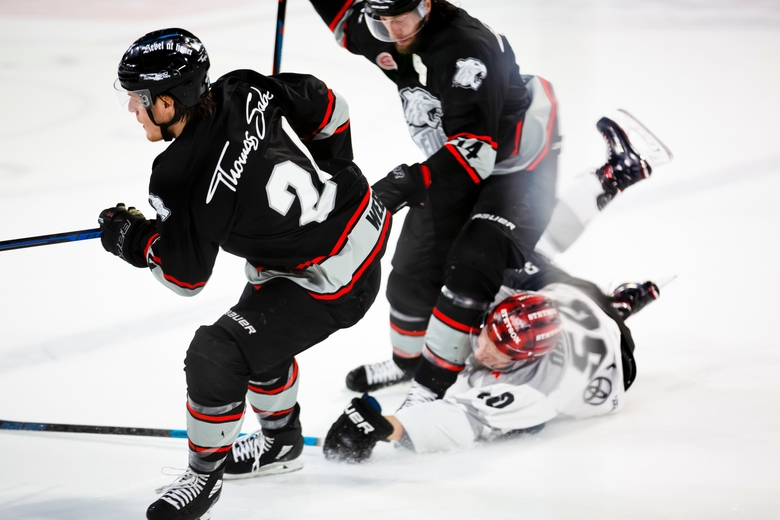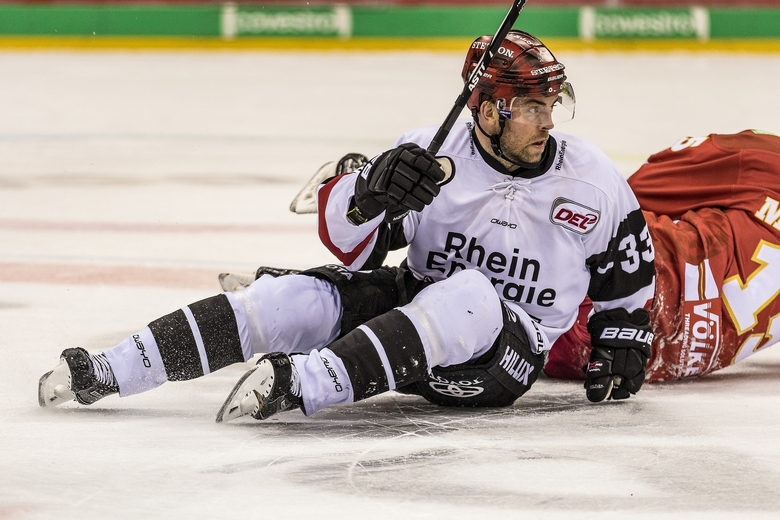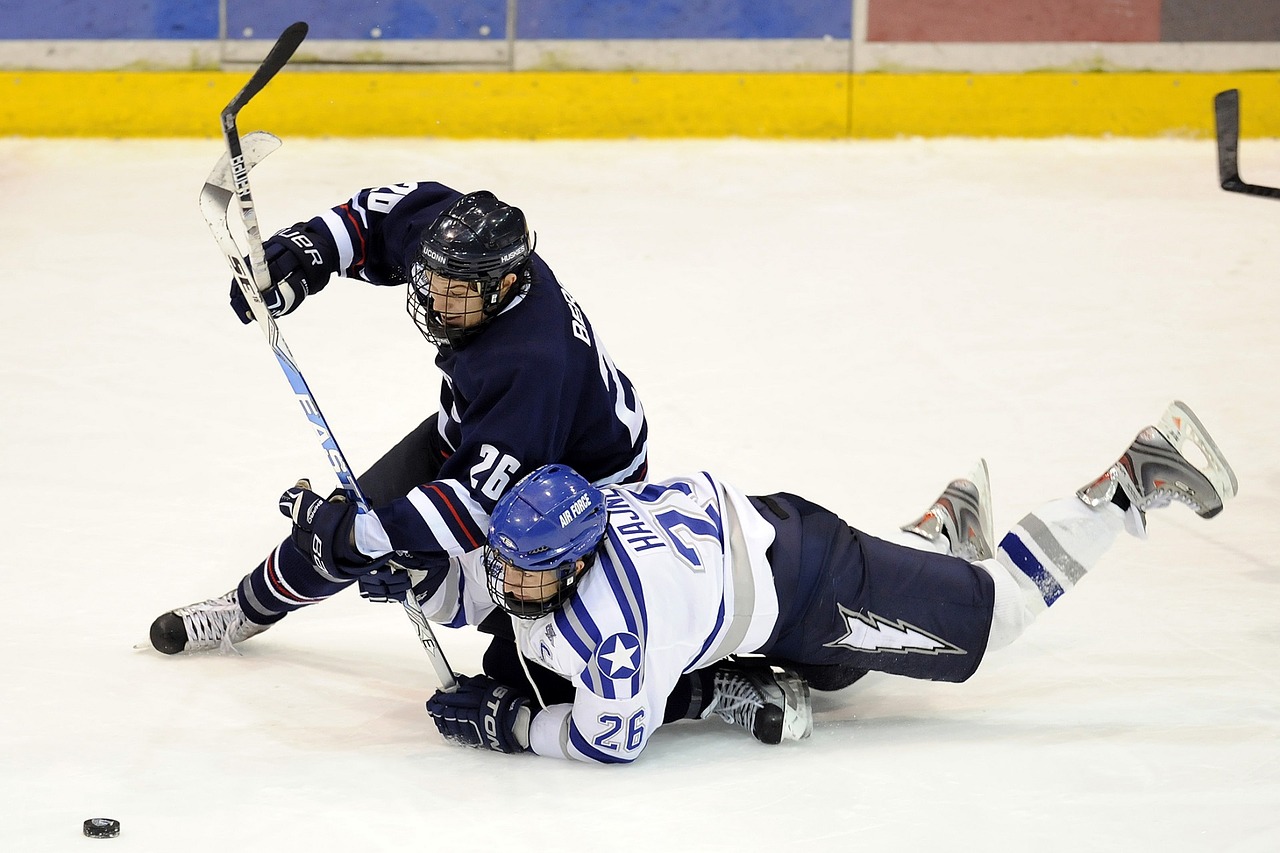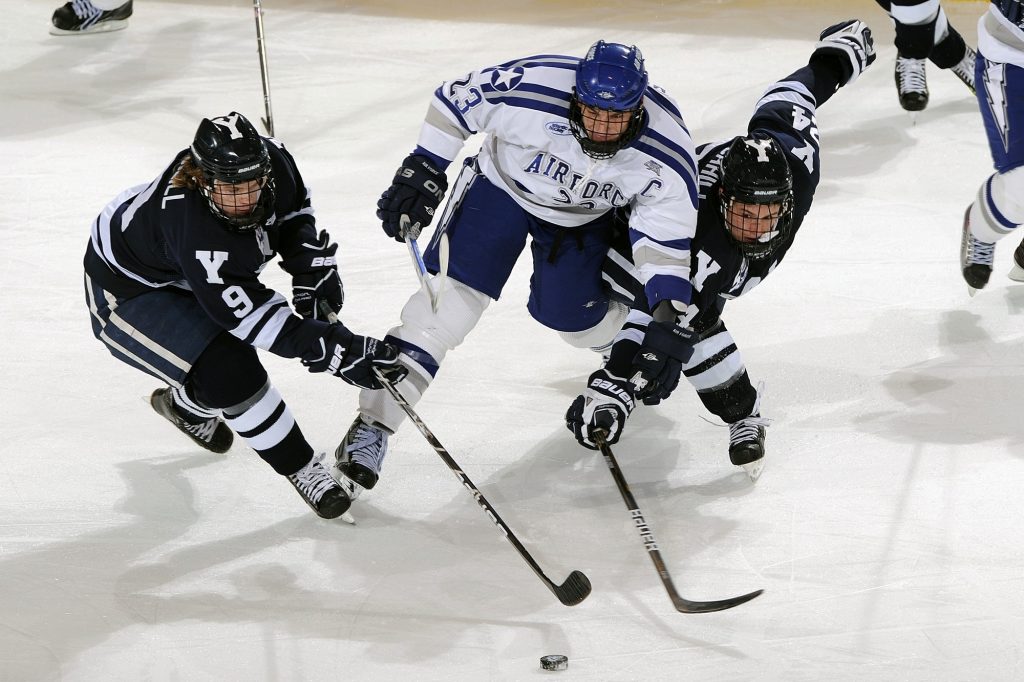Injuries can happen in any sport, although some inevitably pose a higher risk than others. As a sport with huge physicality, injuries invariably occur in hockey, and the risk of concussion is always lingering. It doesn’t happen in every game by any means, but there is always the risk of it occurring, especially if the game is exceptionally fiery.

This infographic by Tucker Hockey addresses the important topic of concussion in youth hockey. Nobody wants to see kids suffering a concussion, especially when playing a sport they love, but coaches and parents should be aware of this possibility and should read up on how to deal with it. When a player gets concussed, their health and welfare must take priority over any result or tournament.

While coaches and parents have a responsibility to handle concussion maturely, so too do the players. By all means, they can play physically, but they must never transgress into putting other players’ safety at risk. Also, if a player gets concussed, they should heed any medical advice given and resist the temptation to play on. The potential consequences of concussion are not worth playing an extra few minutes.

Aside from knowing what to do if a player is concussed, coaches should also be able to identify warning signs of concussion. Loss of consciousness is the most apparent one, but other red flags to look out for include vomiting, difficulty keeping balance, slurred speech and any hint of disorientation.
Check out the infographic below to find out more on how to deal with a concussion in youth hockey.








